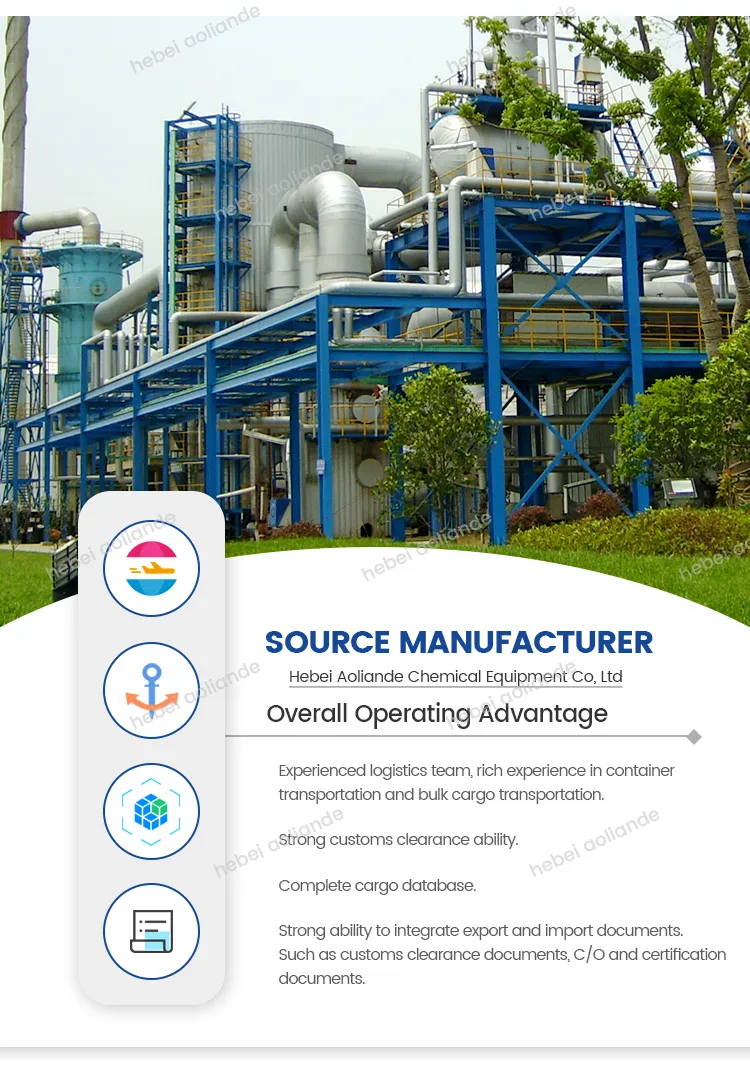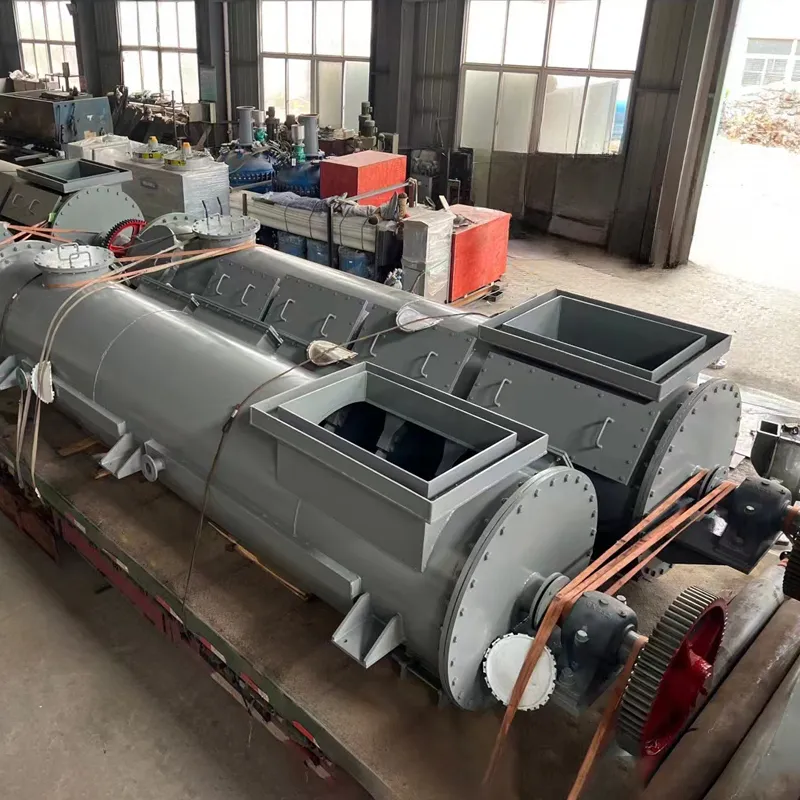High Strength FRP Epoxy Pipe - Durable Fiberglass Reinforced Epoxy Pipe & Epoxy Fiberglass Tube Supplier
Imagine this: A corrosion disaster has hit your industrial facility. Costly pipe replacement. Dangerous downtime. Environmental risks. It all starts with poor pipe choices. According to industry research, corrosion-related pipeline failures cause the U.S. economy losses exceeding $9 billion annually. Is your business next? The right choice in piping—like FRP epoxy pipe—can be your safeguard. But, what makes fiberglass reinforced epoxy pipe so superior? In this post, we’ll break down the facts, compare options, and reveal why epoxy fiberglass tube technology is transforming industries coast to coast.

(frp epoxy pipe)
Technical Advantages of FRP Epoxy Pipe: Why Settle for Less?
FRP epoxy pipe—also known as fiberglass reinforced epoxy pipe—combines cutting-edge resin matrices with durable fiberglass reinforcement. This unique construction delivers robust mechanical performance, unmatched corrosion resistance, and a lighter weight than metal pipes.
Let’s see how FRP epoxy pipes outperform traditional steel and PVC solutions:
| Property | FRP Epoxy Pipe | Steel Pipe | PVC Pipe |
|---|---|---|---|
| Corrosion Resistance | Excellent | Poor | Good |
| Weight | Light | Heavy | Light |
| Temperature Tolerance | -40°F ~ 250°F | -20°F ~ 200°F | 32°F ~ 140°F |
| Service Life | 30+ years | 8-15 years | 10-20 years |
| Installation Cost | Low | High | Low |
| Maintenance | Minimal | Frequent | Occasional |
The result? FRP epoxy pipe delivers where others fall short. It's tough, reliable, and built for the demands of oil, gas, chemical, and water industries.
- Non-conductive and safe
- Flexible for tough layouts
- Unmatched chemical resistance
- Superior flow rates
- No rust, ever
Need more proof? According to the American Composites Manufacturers Association, FRP systems can cut maintenance costs by up to 70% versus steel.
Choosing the Right Manufacturer: Not All FRP Epoxy Pipes Are Equal
The surge in demand for fiberglass reinforced epoxy pipe has flooded the market with options. But beware—not all epoxy fiberglass tubes offer real quality. How do you spot the leaders from the laggards?
Look for these must-have manufacturer traits:
- Compliant with ASTM D2996, ISO 14692, or AWWA C950 standards
- Documentation of rigorous pressure tests
- Consistency in wall thickness and fiber orientation
- Experience with global oil and gas giants
- On-site technical support
Ask yourself: Would you trust your infrastructure to a no-name manufacturer? Think twice—a minor defect can spell disaster. Reputable manufacturers use aerospace-grade epoxy resins and premium glass fibers to guarantee long-lasting performance.
| Specification | XYZ FRP Epoxy Pipe | Generic Import Pipe |
|---|---|---|
| Inner Diameter (in.) | 2 – 48 | 2 – 24 |
| Pressure Rating (psi) | 150 – 3000 | 100 – 1000 |
| Temperature Range (°F) | -40 ~ 250 | 32 ~ 150 |
| Warranty | 10 years | 1 year |
| Certifications | ISO, ASTM, UL | N/A |
When making a million-dollar decision, partner with proven, certified leaders in fiberglass reinforced epoxy pipe production.
FRP Epoxy Pipe Customized Solutions: Flexible to Your Needs
No two facilities run the same. You need precise solutions. That’s where epoxy fiberglass tube technology shines. Custom engineering is at the heart of modern project delivery.
- Tailored diameters and wall thickness
- Custom length spools to reduce joints
- Built-in flanges and fittings
- Special resin systems for acids/bases
- Conductive liners for static-sensitive zones
Consider this: Industrial cooling water lines often need both heat resistance and chemical stability. FRP epoxy pipe delivers both, slashing your risk and downtime.
With advanced 3D design and precision filament winding, top manufacturers create solutions for tight spaces, sharp bends, or high vibration environments. If steel can’t fit or plastic will crack, fiberglass reinforced epoxy pipe gets it done.
Ready to reduce your installation headaches? Let’s see how it plays out in real-world settings.
FRP Epoxy Pipe in Action: Case Studies Across Industries
Still wondering if epoxy fiberglass tube is right for your operation? Let’s look at some powerful case studies.
Case 1: Oil & Gas—North Dakota
A leading shale gas operator faced corrosion and leaks in their steel saltwater disposal lines. Downtime was costing over $80,000 per incident. The switch to FRP epoxy pipe led to zero failures in 36 months, and maintenance dropped by 92%.
Case 2: Chemical Plant—Louisiana
Chemicals, acids, and caustics were destroying PVC piping. After upgrading to fiberglass reinforced epoxy pipe, system leaks vanished. Operators reported faster installation and a 35% increase in flow rates due to smoother internal surfaces.
Case 3: Municipal Water—Ohio
The city faced escalating costs replacing iron water mains. FRP epoxy pipe offered a 30-year service life, reducing projected future repair costs by half—saving the municipality millions.
Across energy, chemicals, and public utilities, epoxy fiberglass tube continues to deliver safety, performance, and value. You can trust it with your toughest challenges.
Your Next Step: Secure. Strong. Smart—Choose FRP Epoxy Pipe Today!
Don’t let outdated pipes put your business at risk. Modern infrastructure demands solutions built to last. When you choose FRP epoxy pipe, you lock in proven reliability, powerful cost savings, and ultimate peace of mind.
As a trusted industry leader, XYZ Composite Pipe Solutions is proud to offer the highest quality fiberglass reinforced epoxy pipe in America. Our products carry international certifications, robust technical support, and unmatched custom engineering options. Ready to future-proof your facility? Reach out today for a quote, and discover the power of true performance. Act now—let’s build a safer, smarter, and more profitable tomorrow with epoxy fiberglass tubes.
Frequently Asked Questions (FAQ)
Q1: What is FRP epoxy pipe?
FRP epoxy pipe is a fiberglass reinforced epoxy pipe. It consists of glass fibers embedded in an epoxy resin matrix. This combination delivers high strength, superior corrosion resistance, and a lightweight structure ideal for demanding industrial environments.
Q2: How does fiberglass reinforced epoxy pipe compare to steel pipe?
FRP epoxy pipe resists corrosion better than steel. It’s lighter, easier to install, and has a longer service life—usually over 30 years. Steel rusts and often requires frequent replacements, while epoxy fiberglass tubes maintain integrity with minimal upkeep.
Q3: What industries benefit most from epoxy fiberglass tube?
Oil and gas, chemical processing, water and wastewater, mining, and marine sectors all use epoxy fiberglass tubes. They value the product’s chemical resistance and low operational costs.
Q4: What are the key specifications of FRP epoxy pipe?
Common specs include diameters from 2 to 48 inches, pressure ratings from 150 to 3000 psi, and temperature tolerance between -40°F to 250°F. Custom solutions are also available for unique site requirements.
Q5: Can epoxy fiberglass tube handle high-pressure applications?
Yes. Top-quality FRP epoxy pipe is engineered and tested for high-pressure systems, especially in oil and gas fields. Always confirm pressure ratings with your supplier for your specific use case.
Q6: Is FRP epoxy pipe environmentally friendly?
Absolutely. It reduces corrosion waste and minimizes maintenance chemicals. Lighter weight means lower transportation energy, reducing your overall environmental footprint.
Q7: How do I get a quote or more information?
Contact XYZ Composite Pipe Solutions via our website or phone. Our experts are ready to guide you, offer technical assistance, and supply a no-obligation quote tailored to your project’s needs.

(frp epoxy pipe)






























